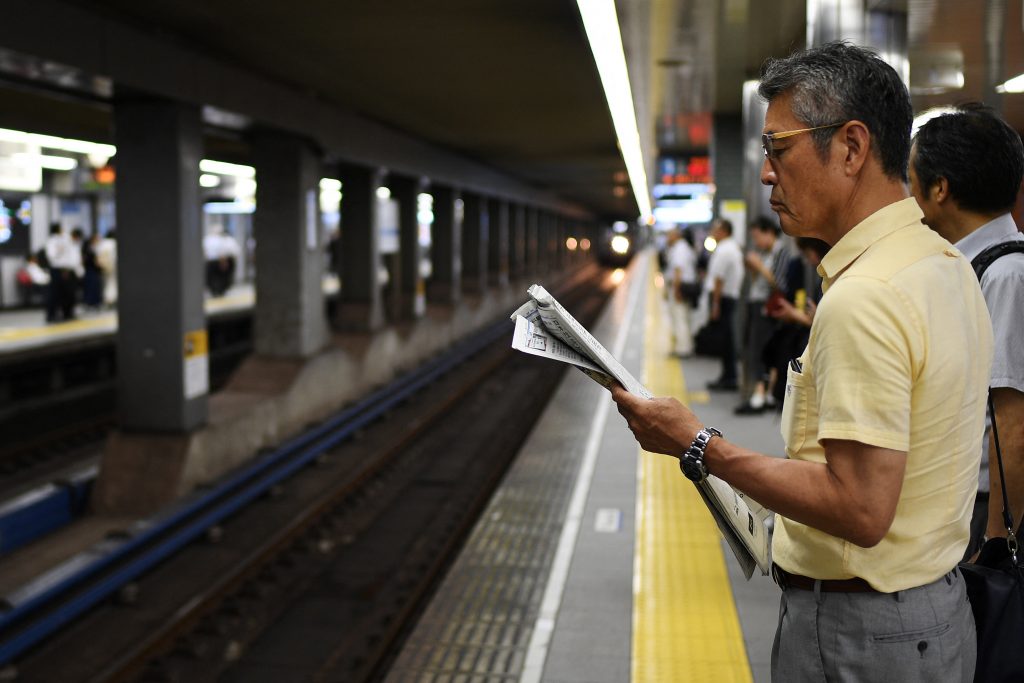
- ARAB NEWS
- 04 Jul 2025

Nader Sammouri
OSAKA: Japan is a country where most communication occurs without any words. Signals are rather felt in the air and the spirit of things, a situational awareness that is consciously active.
Like several countries in the Middle East, Japan is a high context society, which relies on context to infer meanings and behavior from messages. That makes language and communication indirect, non-confrontational, layered and rather subtle.
If you ever hosted a visitor and kept staring at the clock without excusing yourself, that implies that you expected the guest to “read the air.” In Kyoto, it can generally be a bit more extreme. If someone compliments your watch, for instance, it may imply that your visit time is over.
In high context societies, understanding is mainly transferred from the speaker to the listener, expecting them to take the hint or read the air. Reading the air or “Kuuki o yomu” is the foundation of indirect communication in Japan.
It means communicating without using words, and feeling the energy of the other person and deciphering their intentions without the need to say anything.
If someone cannot read subtle non-verbal cues or notice micro-expressions, the other person may label them KY “Kuuki yomenai,” meaning that person cannot to read the air.
Indirect communication in Japan may seem a little excessive to many outsiders coming to the country to the extent that, local’s extra consciousness may almost seem neurotic to them, although its intention is total consideration to others. On the other hand, the environmental pressure may be potent to force visitors to be constantly attentive.
“Basically, many things are suggested rather than said directly through words. However, I personally still find it convenient,” business etiquette instructor Aoi Mishina said.
Mishina teaches students in Japan and overseas about communication. She also mastered the way of tea (Sado) at the Chikuho School of Senchadō that is founded in Hokkaido, an art that elegantly refined her sense of presentation.
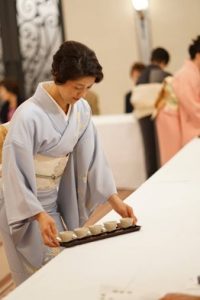
Mishina explains the Japanese way of communication, saying:
“A lot of the indirect communication in Japan resulted from maintaining harmony or Wa (和), a cultural concept that infers peaceful unity and conformity. The geographical background has a major influence on Japan’s unique communication, with the country being an isolated island surrounded by the sea. The culture highly values homogeneity and uniformity, which is rare to the world. We value harmony as an agricultural country, and the community is conscious of helping one another, thus forming the ‘group mentality’ that is known about the Japanese society.”
Certainly, one could argue that there are other isolated topographies in the world like perhaps Madagascar and Australia which didn’t end up being that distinctive. However, Japan’s historical “Lockdown” policies or Sakoku (鎖国), which lasted for more than 200 years between the mid-17th century and mid-19th century, prevented foreign intervention for many years and contributed to its extreme collectivism and its relative incapability to accept what isn’t familiar.
“I will raise one point. The Japanese are said to be shy, so it is better not to stare too much into the other person’s eyes when speaking. Nevertheless, your Japanese counterpart will probably be observing you subconsciously when your eyes don’t meet. Clothes, hairstyle, facial expressions, attitude, atmosphere, etc. The other person may be looking into your eyes when you are looking away from him,” Mishina said and noted that:
“In particular to Kyoto, which has a very unique culture in Japan in itself, it’s hard for Kyoto people to accept outsiders. There is a largely deep-rooted tendency to communicate indirectly without telling the total truth in Kyoto Prefecture,” Mishina said.
Indirect communication doesn’t only penetrate Japan in its social relationships. Whether it was intended or not, many items reflect the indirectness of the culture as well, and could be found spread all over the country particularly in Kyoto city. One may notice the traditional Machiya houses (町屋/町家) for instance with some having slanted pedestrian paths that lead towards its entrance, a literal indirect path that reflects the way of communication in the city.
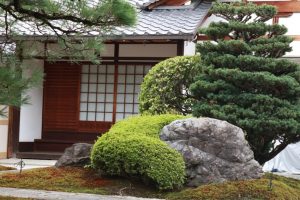
The windows of the Machiya townhouses are also covered up with vertically barred or lattice windows in addition to a frequent layer of straw dividers, almost opaque rather than using open, transparent glass, and are specifically made so that it becomes easy to peek outside without being seen on the inside.
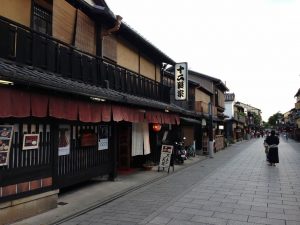
Thus, architecture poses as a mirror that reflects the culture and demonstrates discreet clues about its people.
“In one of the structures in the Japanese tea room, the height of the ceiling is one step higher for the guests. That is an insinuation which communicates respect,” Mishina said.
Indirectness is also found in some of the main arts of Japan. Aikido and Judo, for instance, are the martial arts of indirect fighting, diverting the opponent rather than facing them with force.
“I think that indirect communication is common to the Japanese arts, “Do” (Tea ceremony, Aikido, Judo, Kendo, Flower arrangement, Calligraphy, etc.) as the basic pillars of spirituality of Japan,” Mishina said.
Many Arab countries are also high context societies and rely at times on non-verbal communication to inform a message. Architecture also reflects that reality with its enclosed houses in some of its areas like in Damascus, Tunisia and Cairo among other places and their adoption of Moucharabieh as an architectural element.
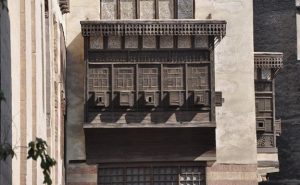
“The cultures in the Middle East are also complex and diverse. To my knowledge, there are various religions, ethnic groups, and languages,” Mishina said and emphasized that there are various methods of speech nowadays, many transcending the physical world to become virtual, as well as numerous personalities that break the norms of each society, but one thing for sure is that direct speech may be becoming more exceptional as a result of technology.
Mishina’s experience in instructing business etiquette and communication had taught her the significance of looking closely and observing the person she wants to communicate with, especially when their opinions seem to be diverse.